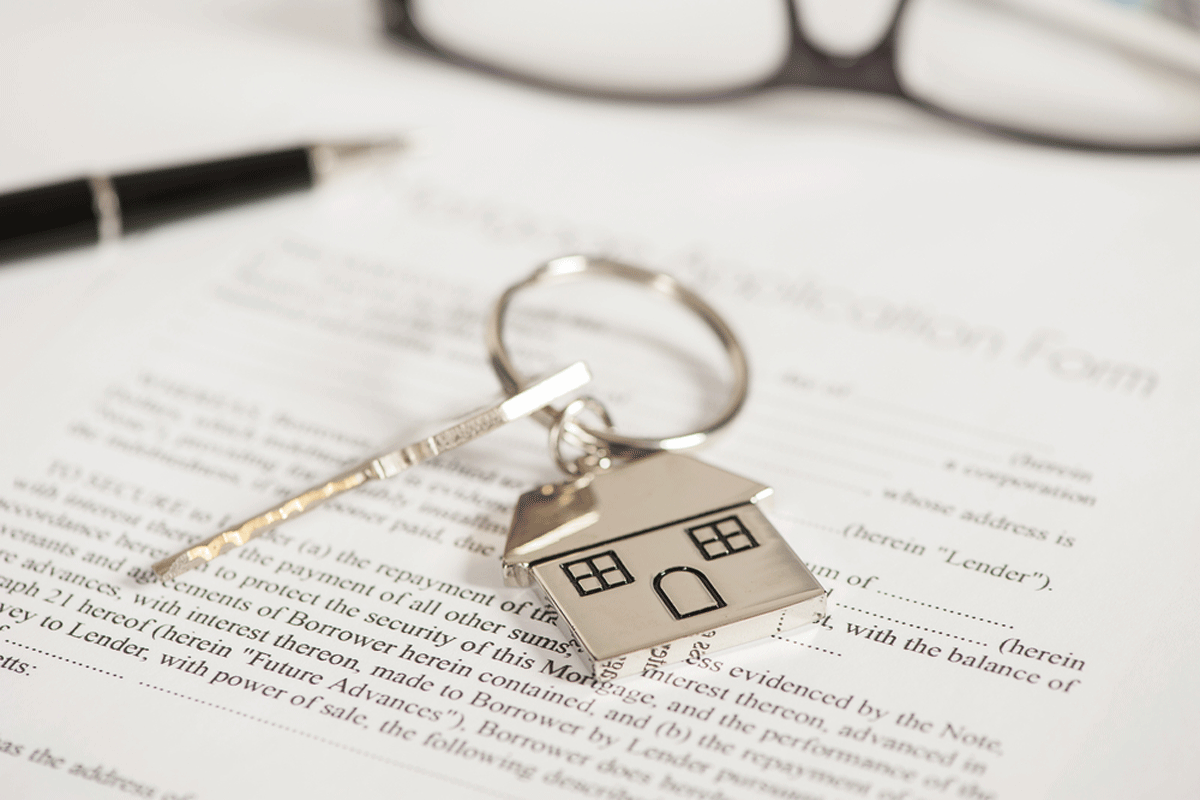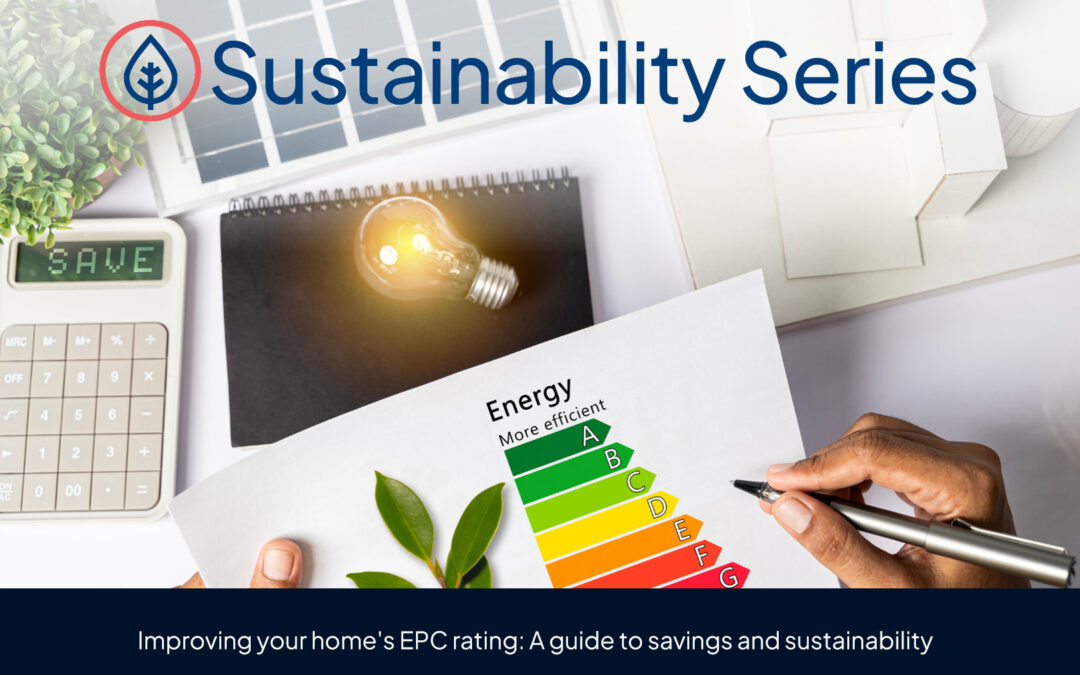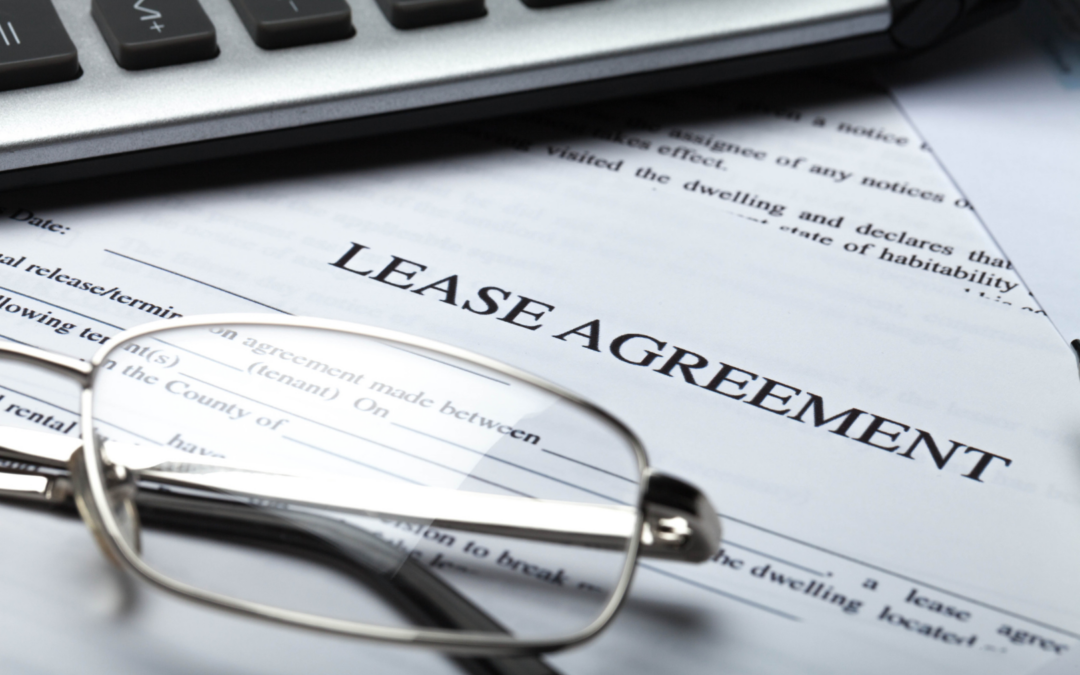Are you baffled by property jargon such as the term ‘conveyancing’? haart ensures you understand what the process entails with this helpful guide
Conveyancing is the term applied to the legal and administrative work associated with transferring ownership of land or buildings from one owner to another.
When an offer has been made and accepted and solicitors’ details exchanged, the conveyancing process can begin. When buying, selling or remortgaging a property, you are advised to use a conveyancer – employed by a firm of solicitors – to look after your interests and fill out the necessary paperwork.
A conveyancer ensures all the legal conditions and obligations are met and the new mortgage is in place. They will also act on behalf of your current lender, ensuring your existing mortgage is repaid (if you are not a first time buyer). During the process, you will be told what is happening, what you have to do next and be given documents to sign and return. This will allow the next stage to go ahead. It is important to respond to any requests promptly, otherwise you will cause a delay to the entire process.
Here is a breakdown of your conveyancer’s role if you are a buyer:
- To obtain a purchase contract from the seller’s solicitors with details of the property and its ownership.
- To organise any pre-contract enquiries and obtain copies of any existing guarantees, planning consents, etc.
- To obtain the seller’s fixtures and fittings list to see what they will be leaving in the property (and you will get a copy to check).
- When your mortgage offer has arrived, they will arrange for you to sign the contract and hand over your deposit to hold in readiness for ‘exchange’.
- When the mortgage conditions have been met and the seller is ready to proceed, a completion date is agreed that suits everyone in the chain. Contracts can now be exchanged and the transfer deed effected.
- Once this has been done they can get the mortgage advance from your lender and send you a final completion statement.
- On completion day, your conveyancer pays the required amount to the seller’s solicitors in exchange for the title deeds. You can now move into your new home.
- Your conveyancer will now register your name and mortgage at the Land Registry and send the deeds to your lender for them to hold as security for their mortgage advance.






